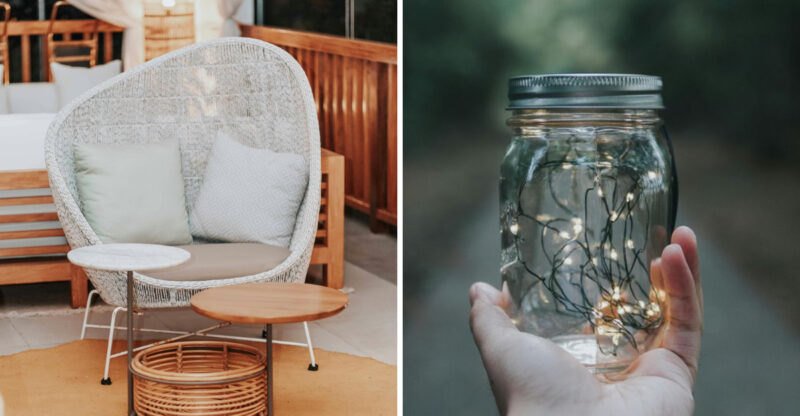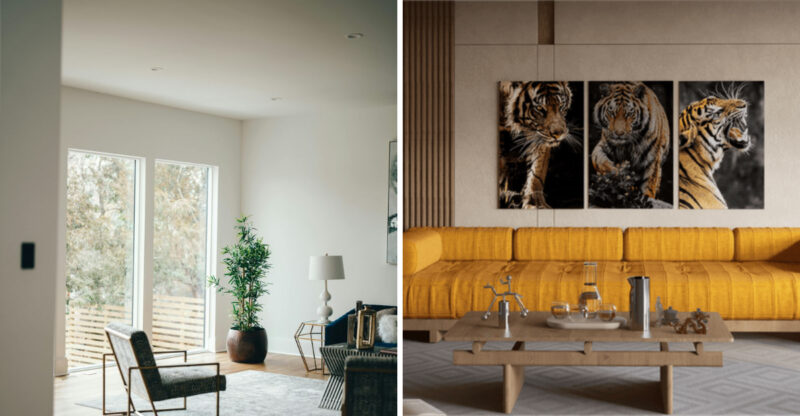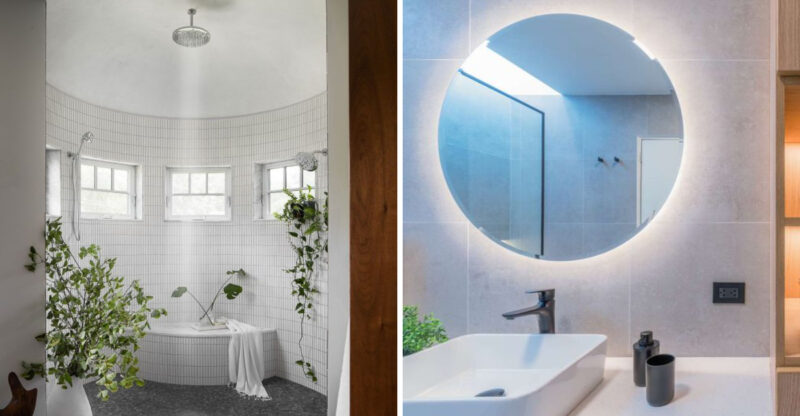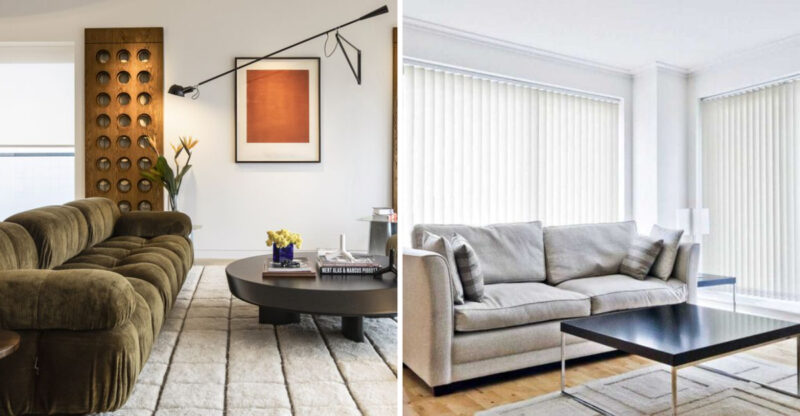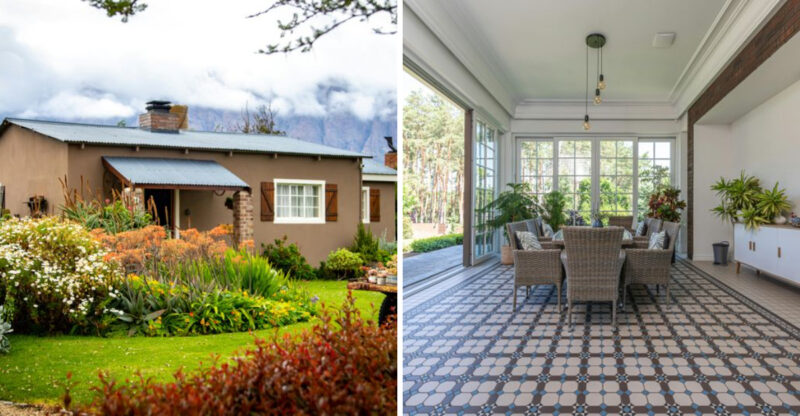12 Decorating Styles That Are Officially Out
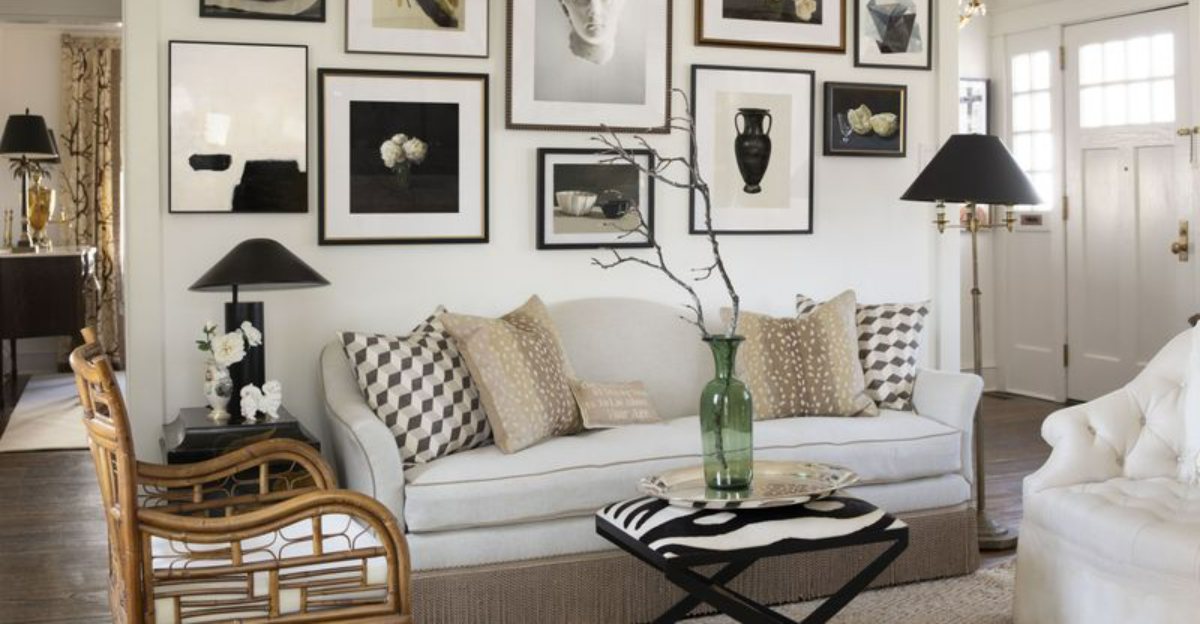
Remember those decorating trends we all once loved? Well, styles change faster than we can redecorate! I’ve spotted some once-popular design choices that interior designers now consider passé. If your home still features any of these outdated elements, it might be time for a refresh.
Here’s my roundup of decorating styles that have officially lost their appeal.
1. All-White Everything
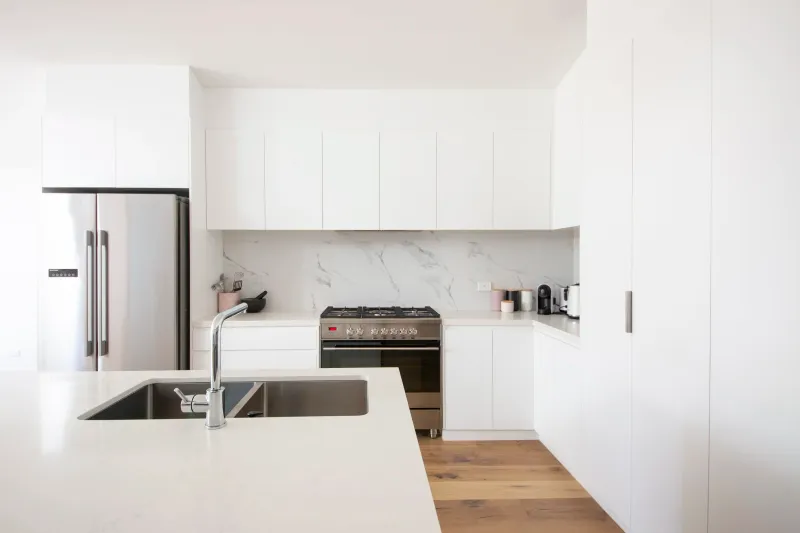
The sterile, clinical all-white aesthetic has finally run its course. What once seemed clean and minimalist now feels cold and impersonal.
I’ve noticed designers are now embracing warmer neutrals and incorporating pops of color for personality. Even white kitchens are getting makeovers with two-tone cabinets and colored islands that bring life to the space.
Natural materials like wood and stone are replacing stark white surfaces, creating homes that feel lived-in rather than like sterile showrooms.
2. Farmhouse Overload
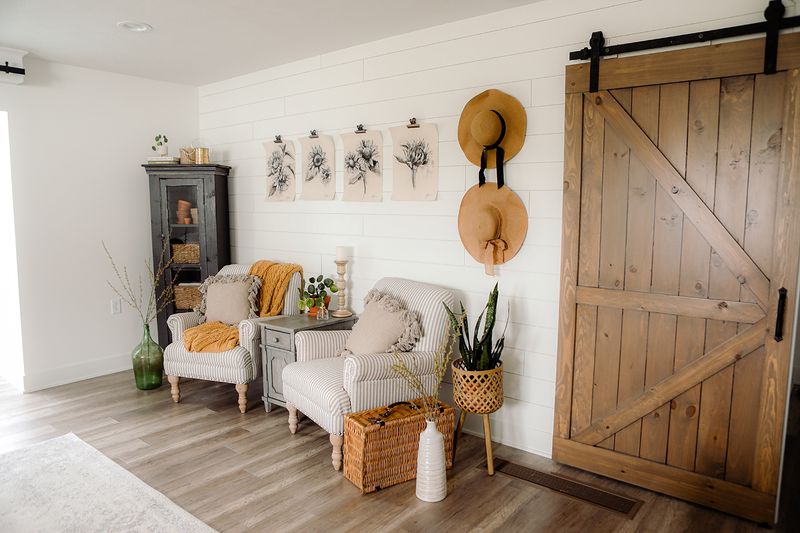
Shiplap, barn doors, and “Live, Laugh, Love” signs have saturated the market to the point of cliché. The rustic farmhouse look championed by TV designers has become too predictable.
Instead, I’m seeing a shift toward more authentic country aesthetics that incorporate vintage pieces with history. Modern farmhouse feels manufactured, while today’s trending styles celebrate genuine craftsmanship.
Those mass-produced distressed signs and galvanized metal accessories are being replaced with items that tell a personal story.
3. Gray Everything
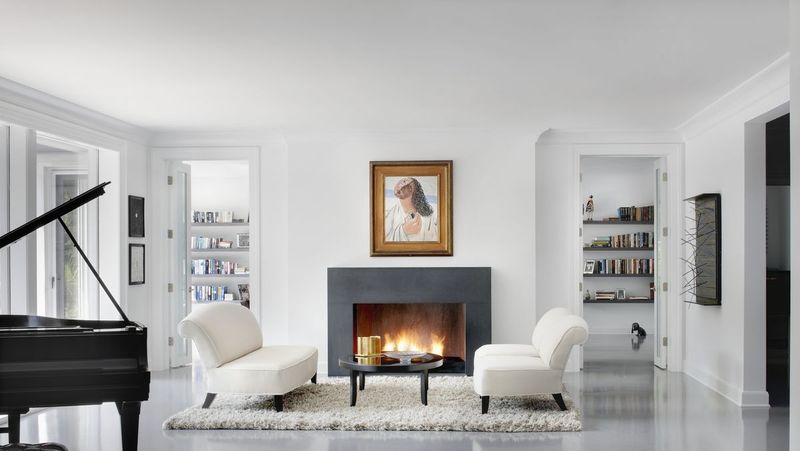
Remember when every flip house featured gray laminate floors, gray walls, and gray cabinets? That monochromatic gray trend has officially worn out its welcome.
The cool tones that once seemed sophisticated now read as depressing and unimaginative. I’m watching designers replace these flat gray palettes with warmer tones like terracotta, sage green, and rich browns.
Even new construction homes are moving away from the gray-washed look toward more nuanced color schemes that create genuine atmosphere and character.
4. Mason Jar Mania
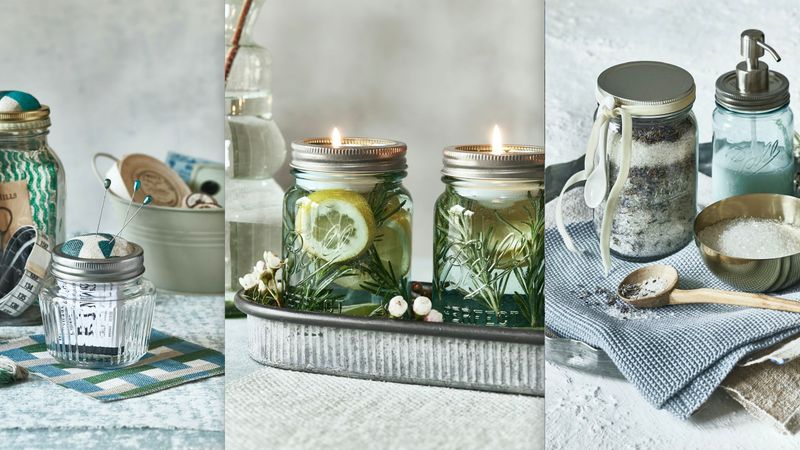
Mason jars repurposed as everything from drinking glasses to bathroom organizers to light fixtures have reached peak saturation. This DIY staple of the 2010s now signals a dated design approach.
The charm has faded from these overused glass containers. I’ve noticed more sophisticated storage solutions taking their place, with designers embracing actual glassware designed for specific purposes.
While practical for actual canning, mason jars as decor elements have joined the ranks of other craft trends that didn’t stand the test of time.
5. Word Art Everywhere
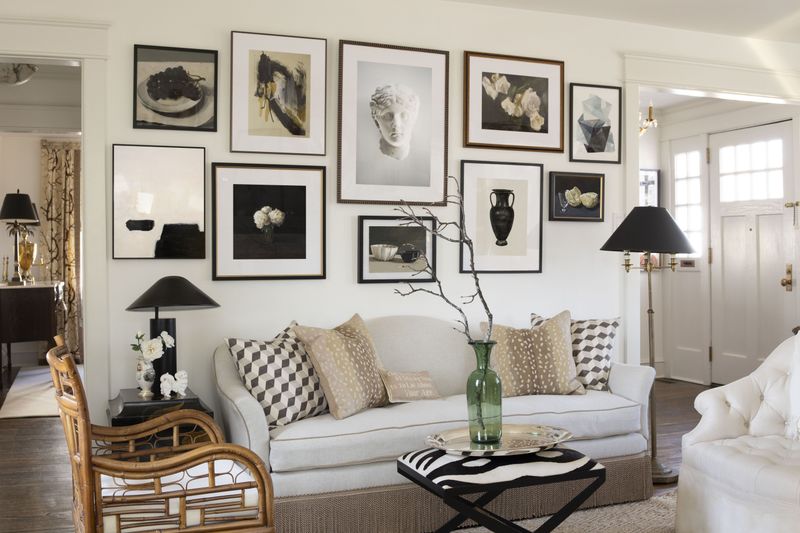
Those wooden signs declaring “Kitchen” in the kitchen or “Blessed” above the bed have lost their appeal. Typography-heavy decor has become the hallmark of unimaginative design.
The market saturation of inspirational quotes and obvious labels has pushed designers toward more subtle artistic expressions. I’m seeing gallery walls featuring actual artwork replacing these wordy declarations.
Your home should speak for itself through thoughtful design, not literally spell out its function or your personal mantras on every available wall.
6. Rose Gold Fixation

The rose gold fever that swept through homes, electronics, and accessories has cooled significantly. This once-trendy metallic finish now dates a space instantly to the mid-2010s.
Warmer, more timeless metals like brass and bronze have taken center stage. I’ve watched designers embrace mixed metals with more staying power rather than committing to trend-specific finishes.
Those who invested heavily in rose gold fixtures and accessories might want to consider updating to more enduring options that won’t pinpoint exactly when you decorated.
7. Edison Bulb Overexposure
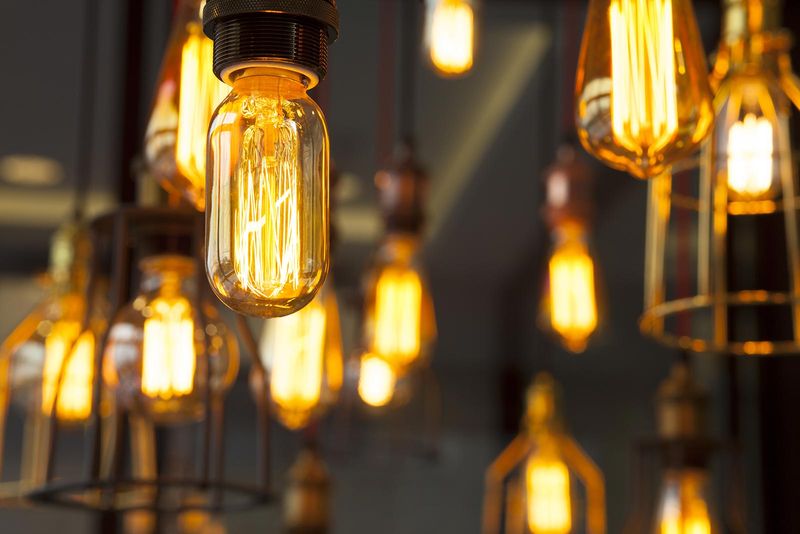
The industrial-chic exposed Edison bulb trend has burned out. These energy-inefficient, bare bulbs hanging from cords or in wire cages once signaled urban sophistication but now look predictable.
Lighting has moved toward more thoughtful fixtures that balance form and function. I’m noticing a return to lampshades and diffused lighting that creates ambiance without the harsh glare of exposed filaments.
Restaurants may have popularized this look, but your home deserves lighting that’s easier on both the eyes and the electric bill.
8. Accent Wall Obsession
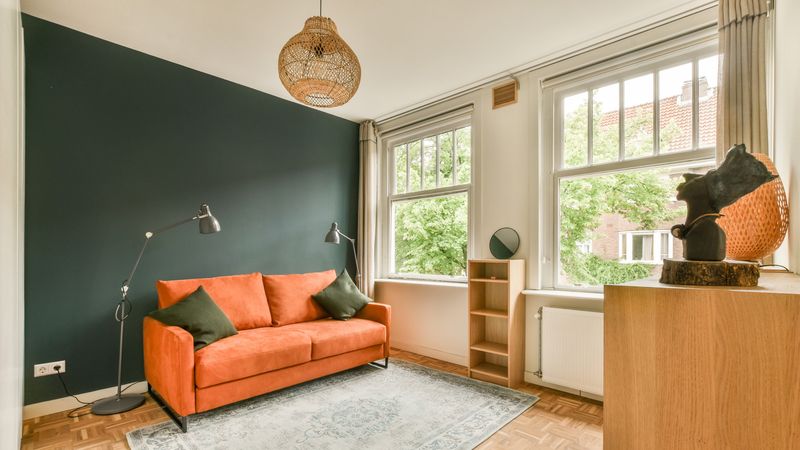
The single bold accent wall – whether painted a dramatic color or covered in busy wallpaper – has fallen from favor. This halfway approach to design commitment now seems indecisive rather than bold.
Current design embraces either fully painted rooms or thoughtfully wallpapered spaces. I’ve observed designers treating rooms as complete environments rather than highlighting a single wall.
The accent wall often feels like a remnant of HGTV shows where budget constraints limited more comprehensive design approaches.
9. Chevron Pattern Overload
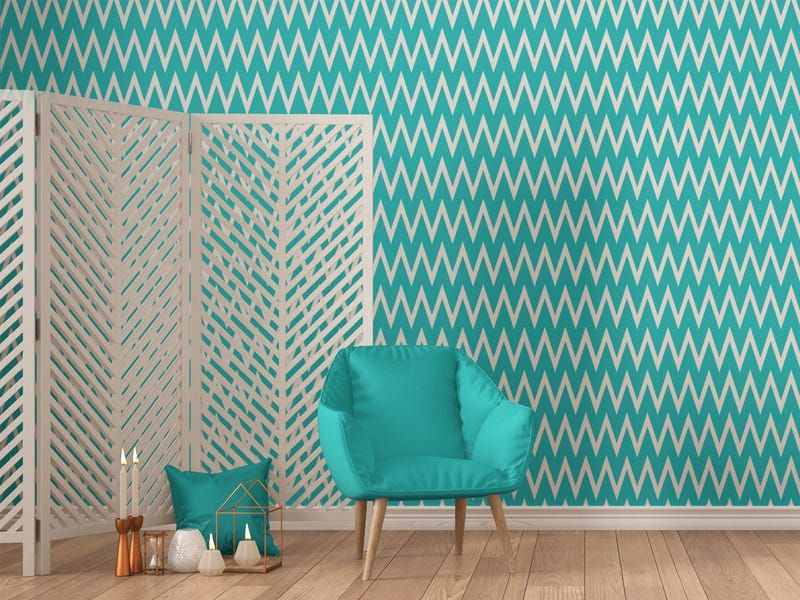
The zigzag chevron pattern that dominated everything from rugs to wallpaper has lost its appeal. This once-ubiquitous pattern now immediately dates a space to the early 2010s.
More timeless patterns and organic shapes have replaced these sharp zigzags. I’m seeing designers embrace subtle textures and classic motifs that won’t feel dated in a few years.
If you still have chevron throw pillows or area rugs, they’re prime candidates for replacement with more enduring design elements.
10. Matching Furniture Sets
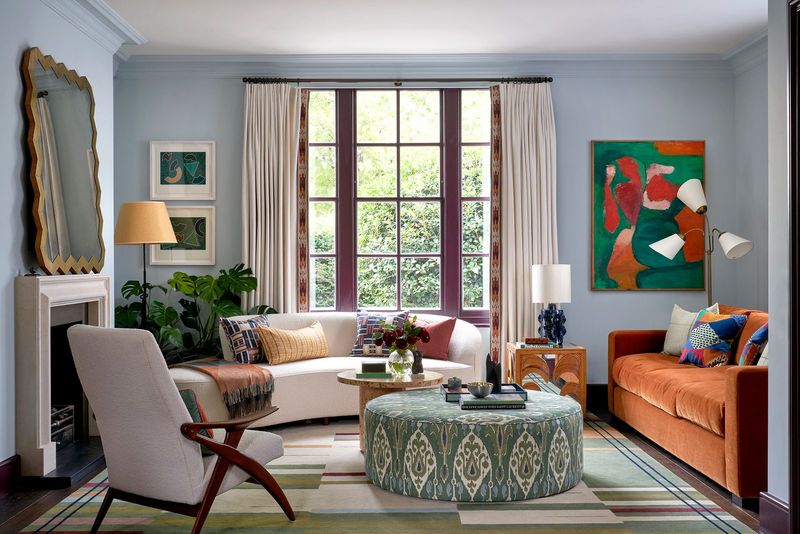
Buying the entire bedroom or living room set straight from the showroom floor creates a boring, catalog-like appearance. These matching collections lack personality and creativity.
Designers now favor curated spaces with thoughtfully collected pieces that complement each other without matching perfectly. I’ve noticed how mixing furniture styles, eras, and finishes creates more interesting and personal interiors.
Your home should tell your unique story, not showcase a furniture store’s inventory from a single season.
11. Tuscan Kitchen Excess
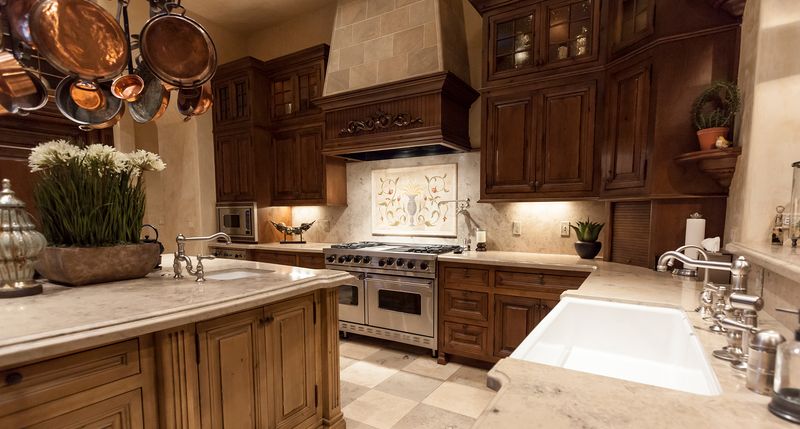
The heavy, ornate Tuscan kitchen style with its dark cabinets, scrolling ironwork, and faux-finished walls has fallen decidedly out of fashion. This once-popular Mediterranean-inspired look now feels dated and overwhelming.
Kitchens have moved toward cleaner lines and more timeless designs. I’m watching homeowners replace those dark cherry cabinets and busy granite with lighter woods and simpler stone surfaces.
The grape motifs, wrought iron pot racks, and artificial distressing that defined this style are being phased out for more authentic approaches to warmth.
12. Coastal Clichés
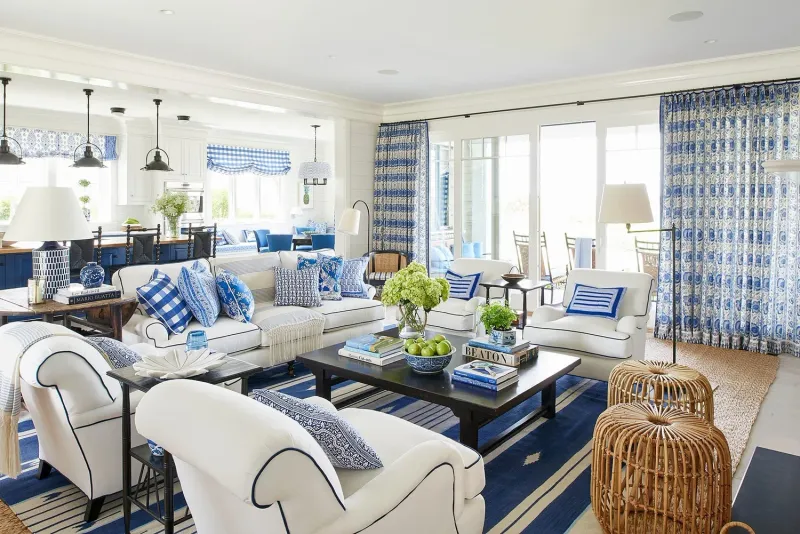
The literal interpretation of coastal decor with anchors, rope, and “Beach This Way” signs has sailed away. These obvious nautical references feel more like vacation rental decor than sophisticated design.
Today’s beach-inspired interiors focus on the feeling of coastal living through color and texture. I’ve noticed designers using subtle blues, natural materials, and quality textiles rather than themed accessories.
True coastal style evokes the seaside through atmosphere and quality materials, not through collecting every sea-themed tchotchke from the home store.

